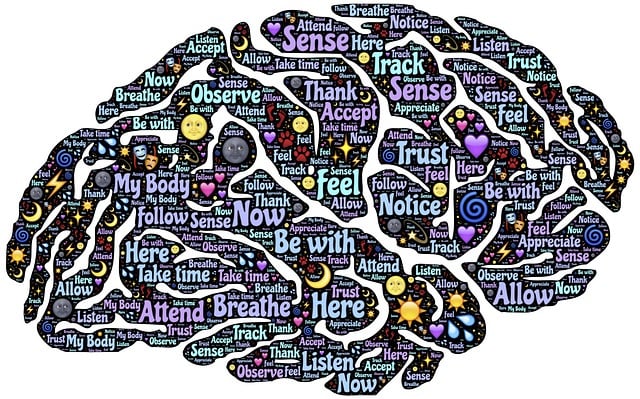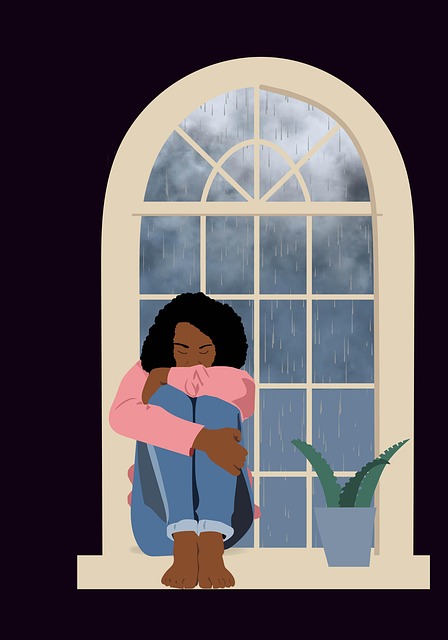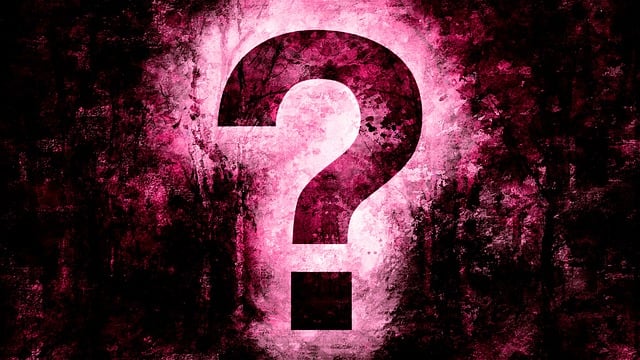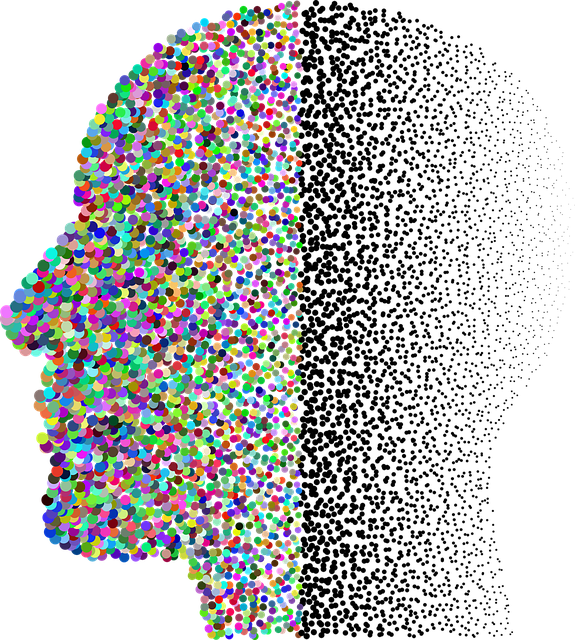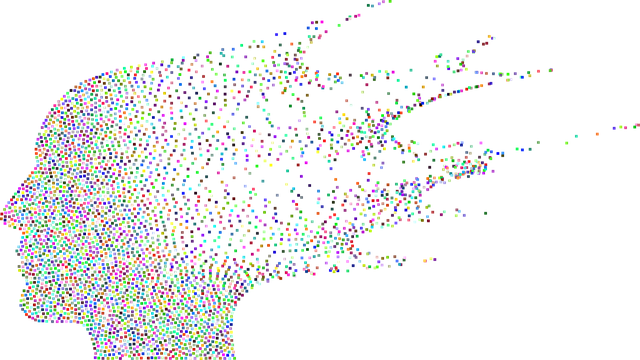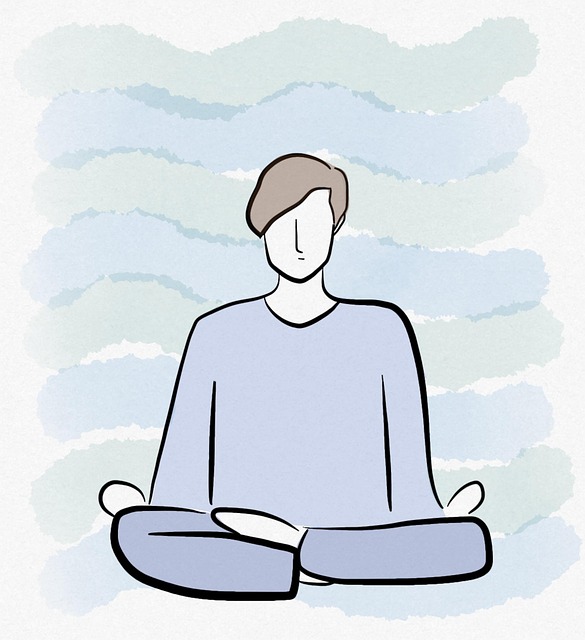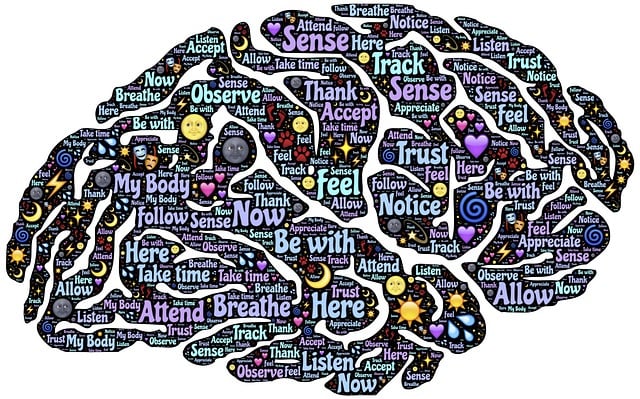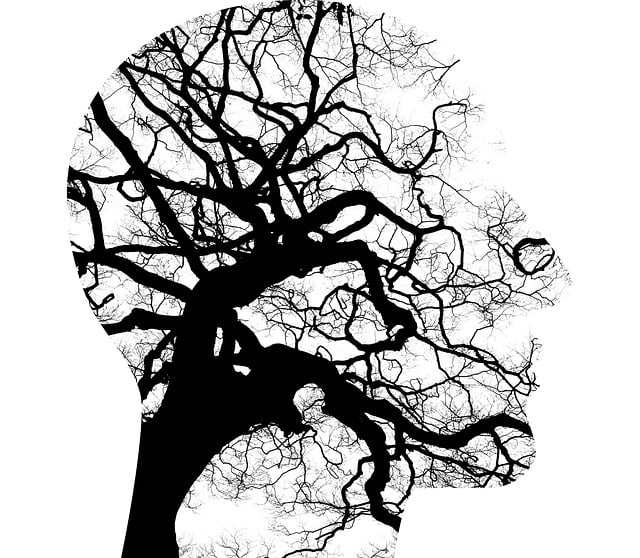The media significantly shapes public perceptions of mental health, with positive representation fostering empathy and reducing stigma. Depicting therapy tools like biofeedback normalizes these practices, especially for young children, encouraging early intervention. Negative portrayals perpetuate harm, so accurately representing diverse communities' mental health experiences is crucial. Biofeedback emerges as a revolutionary therapy, teaching emotional regulation skills through non-invasive sensors. Collaboration between healthcare, education, and media professionals is needed to challenge negative media stereotypes of child mental illness, destigmatizing issues and promoting evidence-based practices like biofeedback.
Mental illness representation in media significantly influences public perception, especially regarding young minds. This article delves into the profound impact of media portrayal on mental health understanding, highlighting how inaccurate or limited depictions can contribute to stigma and misinformed judgments. We examine the current state of media’s handling of childhood mental illness, focusing on the over-simplification and stereotyping of conditions. Furthermore, we explore biofeedback as a promising therapeutic approach for young children, offering a nuanced solution to enhance media representation challenges and promote better mental health support.
- Understanding the Impact of Media Portrayal on Mental Health Perception
- The Current State: How Media Often Misrepresents Mental Illness in Children
- Biofeedback as a Therapeutic Approach for Young Minds
- Implementing Effective Strategies: Challenges and Solutions for Media Representation of Child Mental Health
Understanding the Impact of Media Portrayal on Mental Health Perception

The media has a profound impact on shaping public perception and understanding of mental health. From television shows to movies and news coverage, the way mental illness is portrayed can significantly influence how society views and treats individuals struggling with these conditions. Positive representation through realistic and empathetic storytelling can foster empathy, reduce stigma, and encourage those affected to seek support. For instance, depicting therapy for young children and incorporating biofeedback techniques as therapeutic tools can normalize these practices and promote early intervention.
On the flip side, negative or stereotypical media portrayals can perpetuate harmful misconceptions and lead to further marginalization of mental health issues. Conflict resolution techniques and trauma support services are often overlooked or misrepresented, hindering individuals from accessing effective resources. Encouraging self-care practices within diverse communities is essential; however, media content should also reflect the complexity and diversity of mental health experiences, ensuring that support systems and appropriate treatments are accurately portrayed to foster a more inclusive and understanding society.
The Current State: How Media Often Misrepresents Mental Illness in Children

In today’s media landscape, the representation of mental illness among children often falls short of accuracy and compassion. Despite increasing awareness about mental health issues, television shows, movies, and other forms of media frequently depict childhood mental disorders in a manner that reinforces stereotypes and misinforms audiences. These depictions often oversimplify complex conditions, using dramatic license to create sensationalist storylines instead of offering nuanced, realistic portrayals. For instance, anxiety disorders are commonly portrayed as mere shyness or fear, failing to capture the intricate web of symptoms and challenges faced by young individuals grappling with these conditions. Similarly, depression is frequently exaggerated, leading to a misrepresentation that can stigmatize those seeking help.
Such media portrayals have significant implications, especially for young viewers who may internalize these depictions as reality. This can result in increased stigma, fear, or misunderstanding of mental health issues among children and their families. To counteract this, there’s a growing need for more authentic representations that highlight the effectiveness of therapies like biofeedback in teaching emotional regulation skills. By promoting understanding through accurate media content, we can foster empathy and encourage early intervention, potentially mitigating burnout prevention concerns for both affected children and mental health professionals who conduct risk assessments to ensure safe and effective treatment, as emphasized in the context of current challenges.
Biofeedback as a Therapeutic Approach for Young Minds

Biofeedback is emerging as a powerful therapeutic tool for young minds, offering a unique approach to mental health treatment. This non-invasive technique enables children to learn self-regulation skills by providing real-time feedback about their bodily functions. Through sensors attached to their bodies, kids can visualize and gain control over parameters like heart rate, muscle tension, and brain waves. Such awareness fosters emotional well-being promotion techniques, teaching them to manage stress and anxiety effectively.
By integrating biofeedback into therapy sessions, mental healthcare professionals can address not only individual symptoms but also enhance cultural sensitivity in mental healthcare practice. This approach is particularly beneficial for young individuals as it empowers them with a sense of agency over their mental health journey. Moreover, risk management planning for mental health professionals becomes more robust when biofeedback is employed, allowing for tailored interventions and improved outcomes in treating young minds.
Implementing Effective Strategies: Challenges and Solutions for Media Representation of Child Mental Health

Implementing effective strategies to challenge negative representations of mental illness in media, especially when it comes to child mental health, is a multifaceted task. Media outlets play a pivotal role in shaping public perception and understanding of various conditions. To ensure more accurate and sensitive portrayals, there’s a pressing need for collaboration between professionals in the fields of healthcare, education, and media.
One such strategy involves integrating therapy for young children, such as biofeedback, into storytelling narratives. By showcasing these therapeutic approaches, media can help destigmatize mental health issues among children while promoting evidence-based practices. Additionally, public awareness campaigns centered on emotional regulation and compassion cultivation practices can foster empathy and understanding within audiences, ultimately contributing to more nuanced representations of child mental health in the media.
Media representation plays a pivotal role in shaping public perception about mental health, especially in children. The current state of portrayal often perpetuates harmful stereotypes and misinformed ideas, underscoring the urgent need for change. By implementing effective strategies and leveraging therapeutic approaches like biofeedback, we can challenge these negative narratives. Specifically, biofeedback as a therapy for young minds offers a promising solution to improve media accuracy and foster more empathetic understanding of child mental health issues. Ultimately, navigating this labyrinthine problem requires collective efforts from media professionals, educators, and healthcare providers to ensure a more nuanced and supportive representation that empowers positive change in society’s perception of mental illness.



